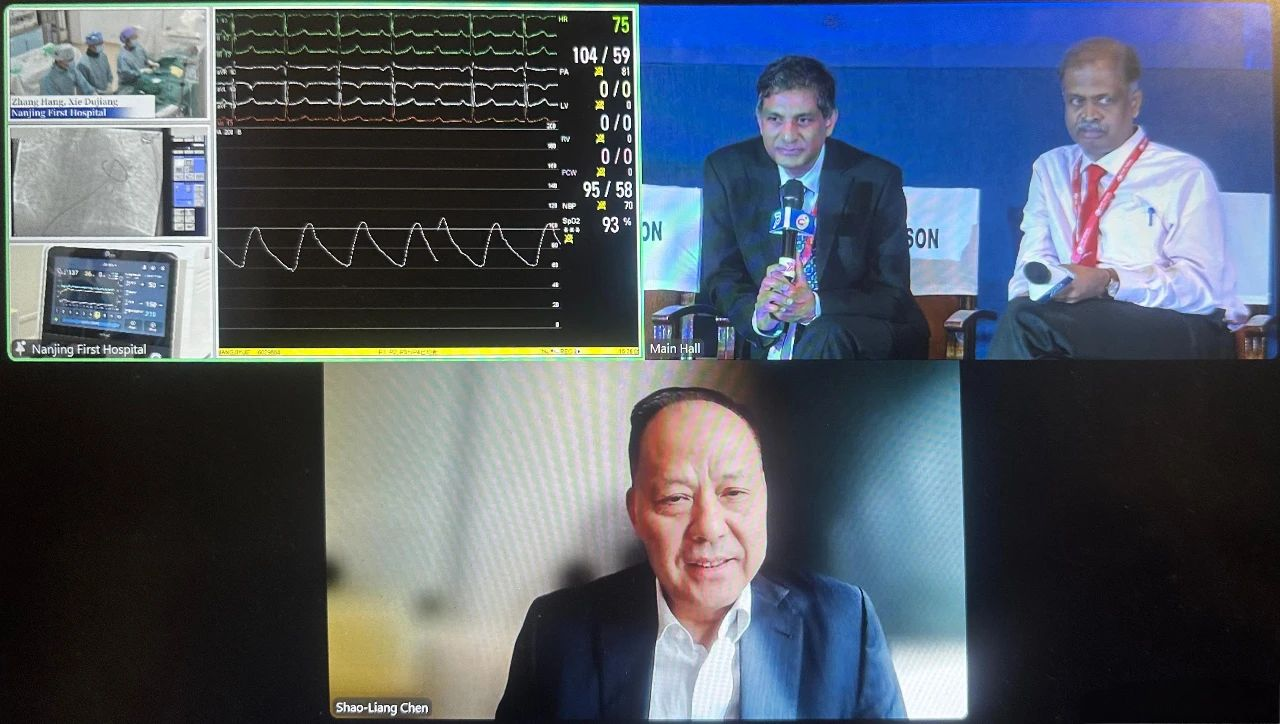
光学相关断层扫描
JOURNAL: Article Link
qiaomingyue
In the rapidly evolving landscape of medical technology, pulmonary arterial hypertension (PAH) remains a severe disease posing a significant threat to human health and continues to be a major challenge for the global medical community. Recently, at the CHIP INDIA SUMMIT held in India, a live broadcast of a percutaneous pulmonary artery denervation (PADN) procedure performed by Nanjing First Hospital from China attracted the attention of cardiovascular experts worldwide, becoming one of the highlights of the conference.
As one of the most influential events in the field of cardiovascular interventional therapy in India and across South Asia, the CHIP INDIA SUMMIT brings together leading cardiovascular specialists and scholars from around the world. The conference features cutting-edge concepts in interventional treatment, the latest technological breakthroughs, case-based discussions of complex disease management, and in-depth exchanges on global trends in cardiovascular disease prevention and treatment. Such activities play a crucial role in advancing interventional cardiovascular techniques in India and surrounding regions.
PADN is an innovative interventional therapy for PAH independently developed in China. Using a circumferential pulmonary artery ablation catheter, the procedure delivers radiofrequency energy to the sympathetic nerves located in the adventitia of the pulmonary artery. By inhibiting sympathetic nerve activity, PADN achieves dilation of the pulmonary arteries, increases cardiac output, reduces pulmonary artery pressure, and suppresses pathological vascular remodeling. These effects can improve exercise capacity and cardiac function. Since its introduction, this minimally invasive, high effective, and safe technique has received global attention.
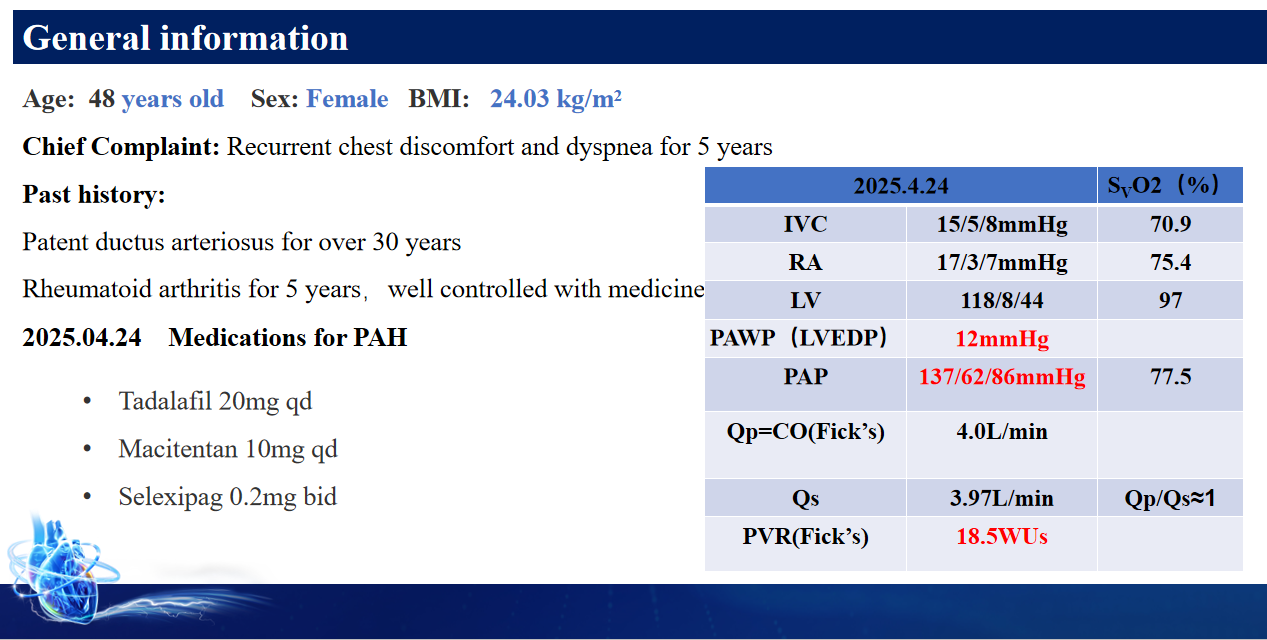
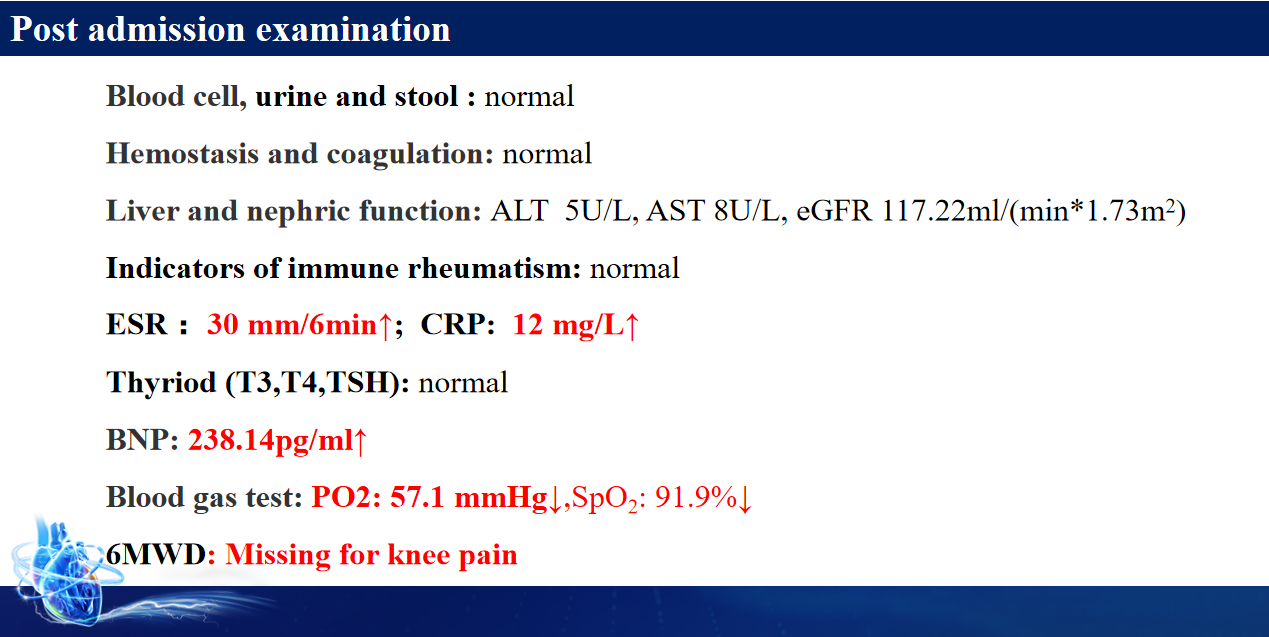
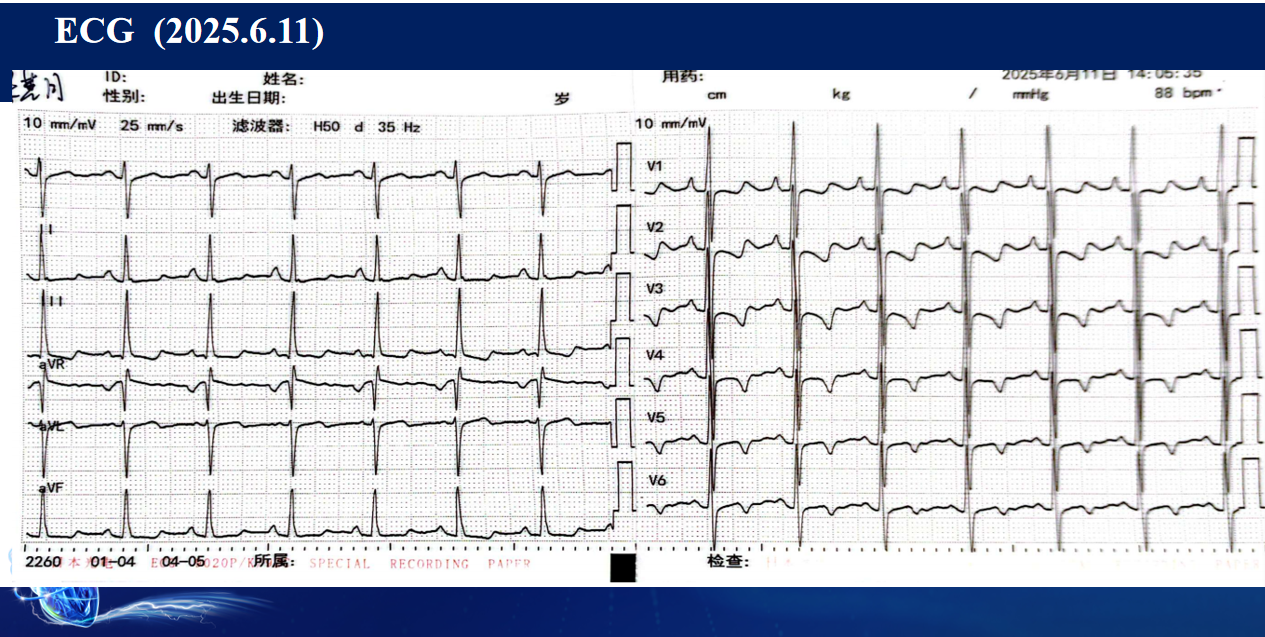
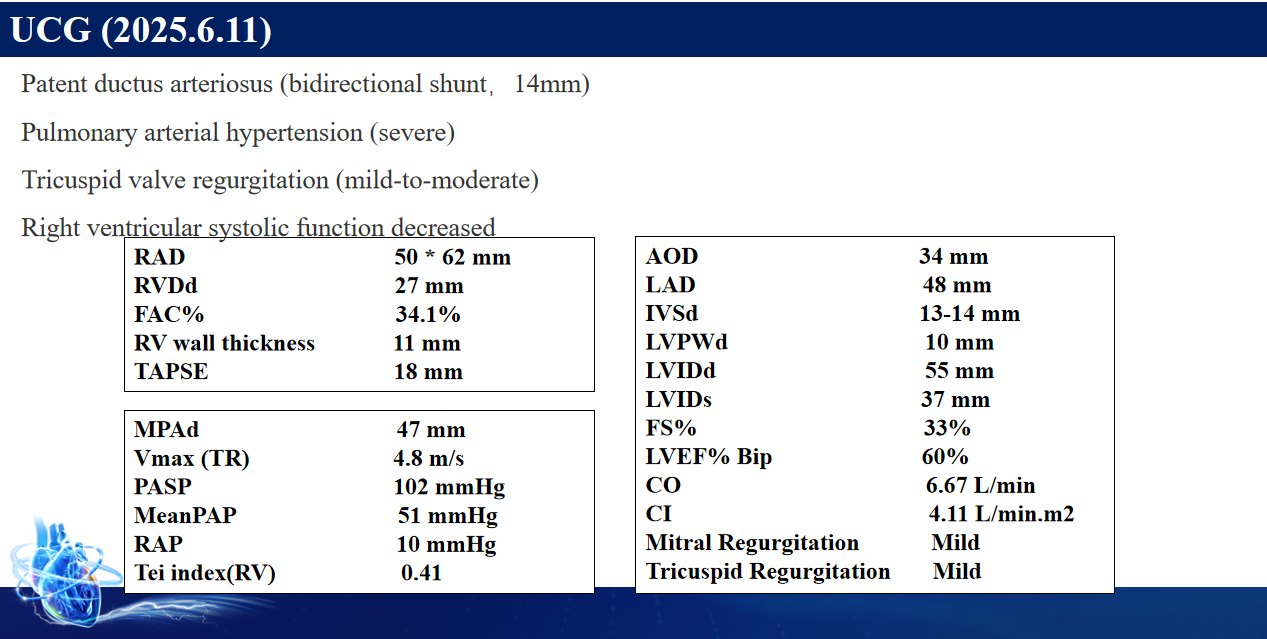
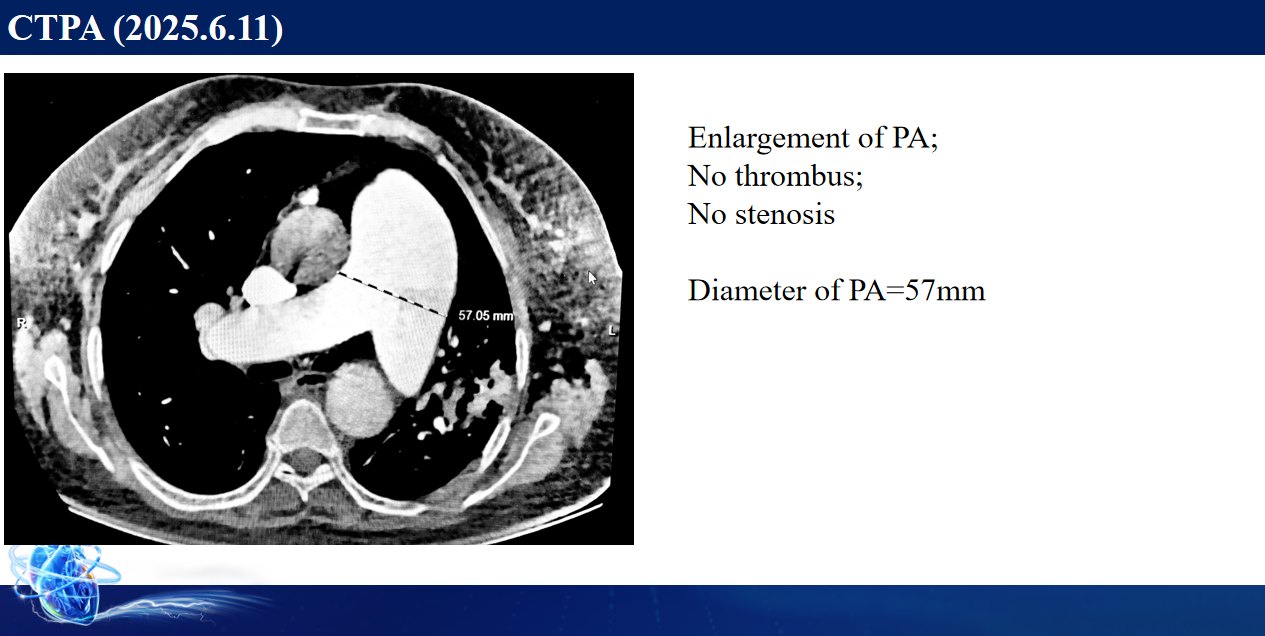
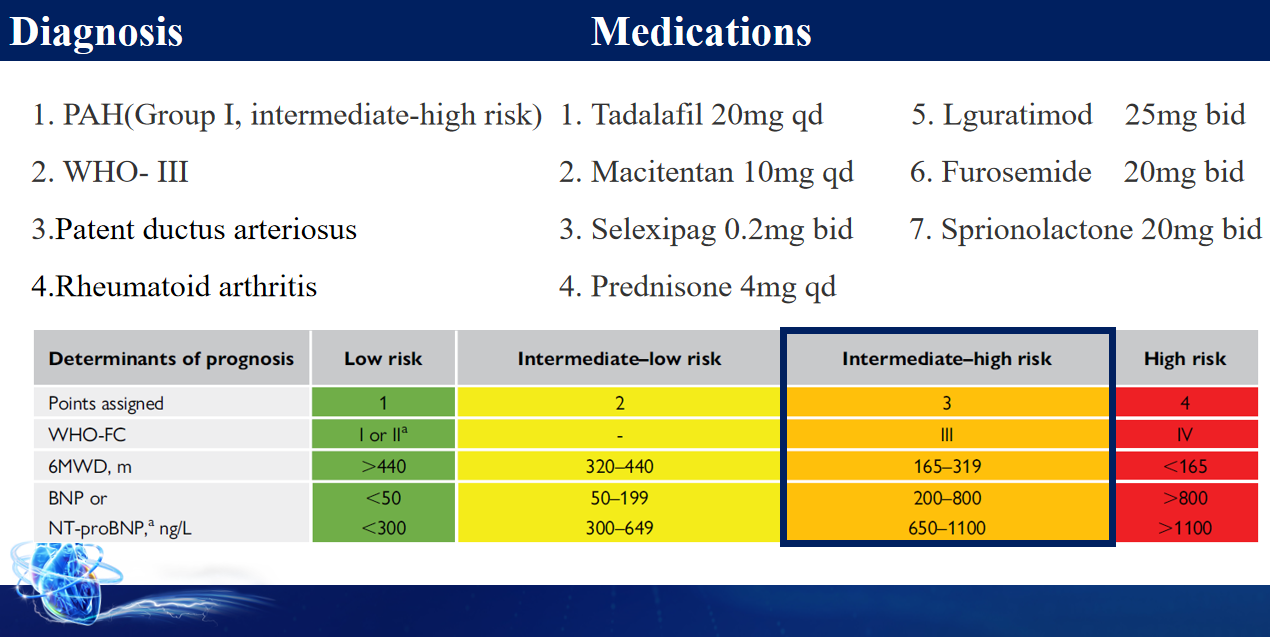
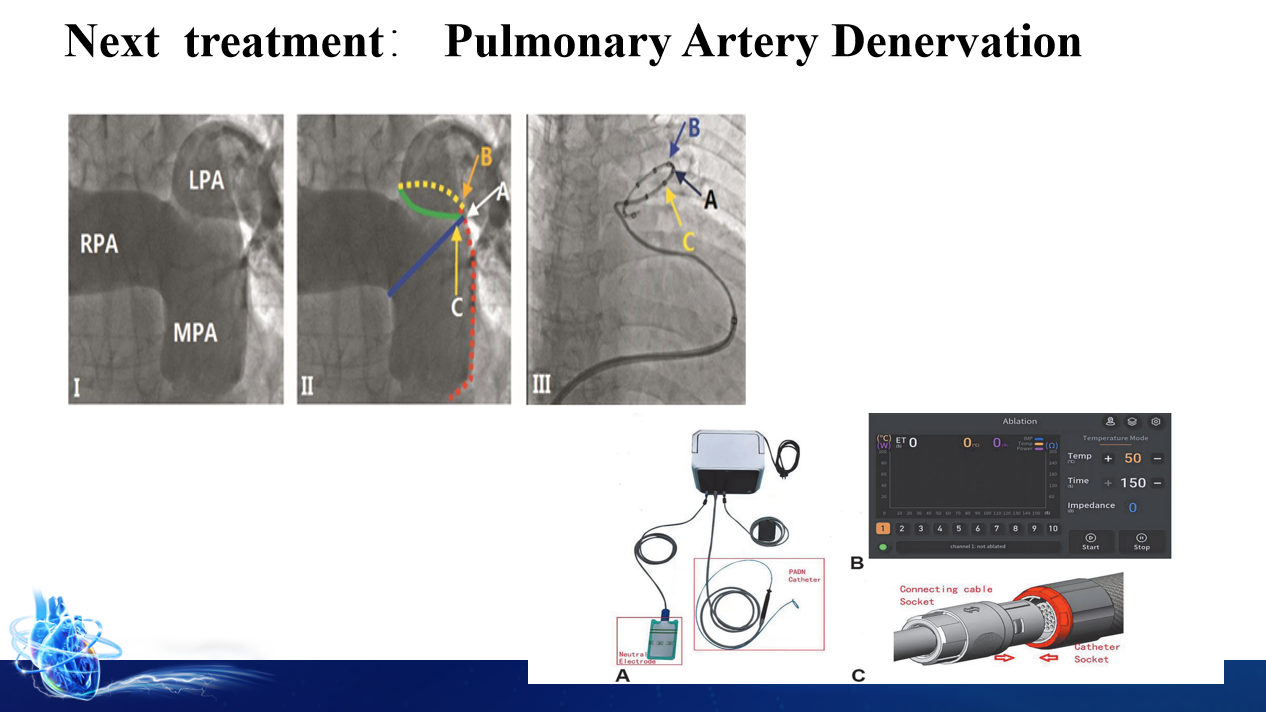
Clinical Outcome:
Under the supervision of Professor Shaoliang Chen, Professors Hang Zhang and Dujiang Xie positioned the PADN catheter within a pulmonary artery with aneurysmal dilatation and performed targeted ablation. Immediately after the procedure, pulmonary artery systolic pressure decreased from 116 mmHg to 108 mmHg; mean pulmonary artery pressure (mPAP) decreased from 89 mmHg to 80 mmHg; cardiac output (CO) increased from 4.67 L/min to 8.85 L/min; and pulmonary vascular resistance (PVR) decreased from 15.62 Wood units to 7.23 Wood units. The patient reported improved breathing following the intervention.
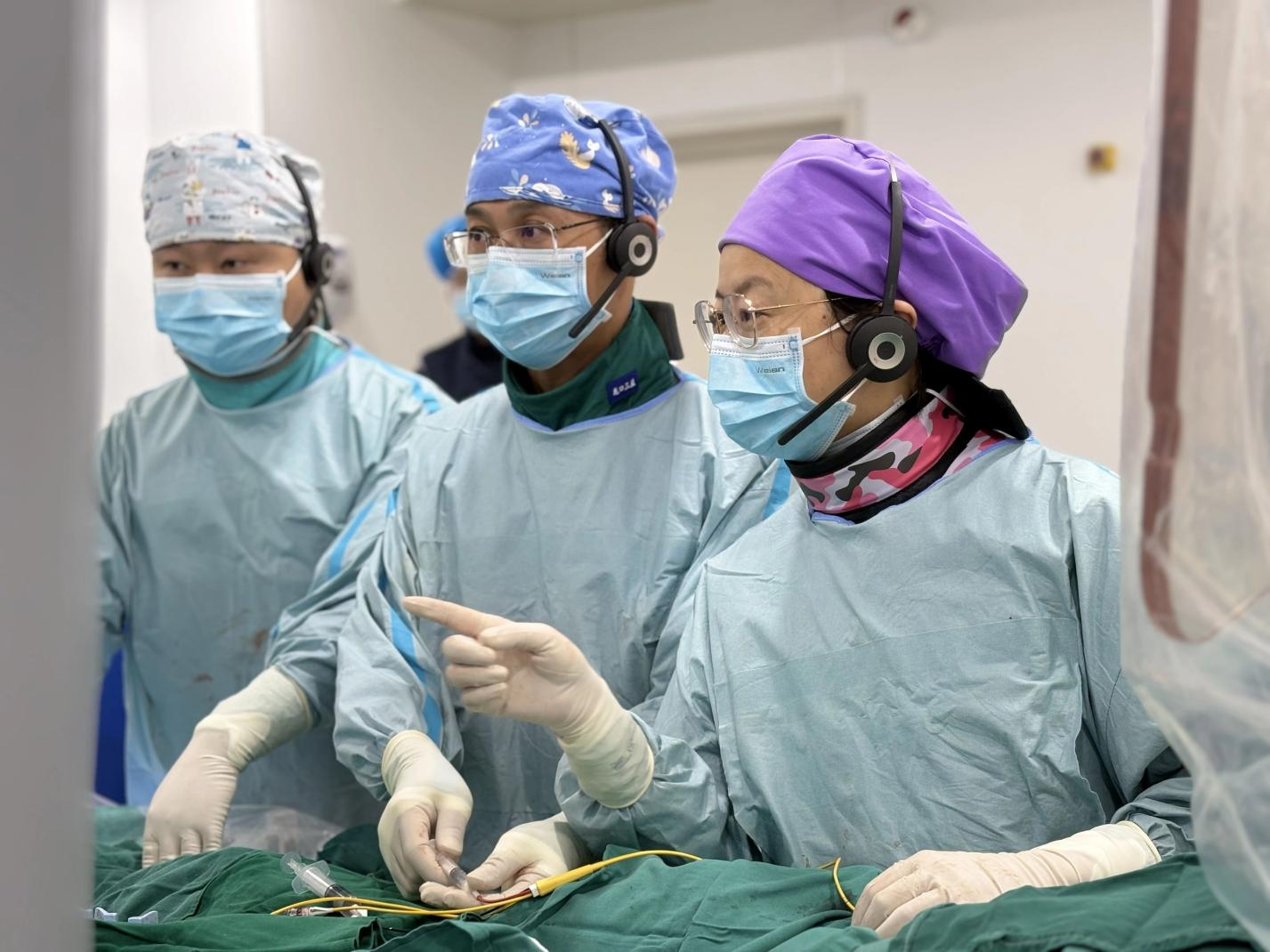
Conclusion:
Every step of the procedure demonstrated the team’s exceptional technical expertise and mastery of PADN technology. International experts observing the live broadcast recognized the clinical value and innovative approach of the PADN technique.
